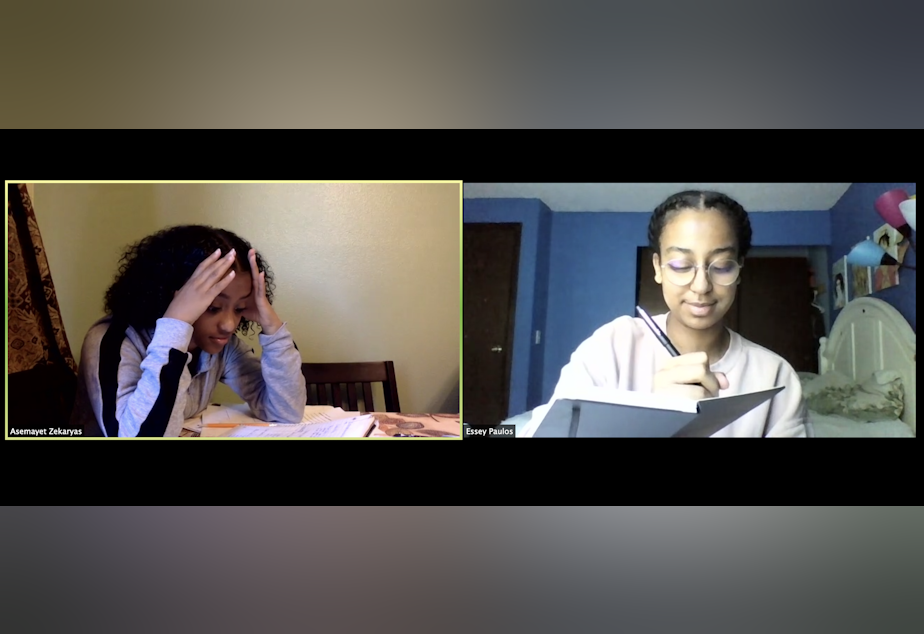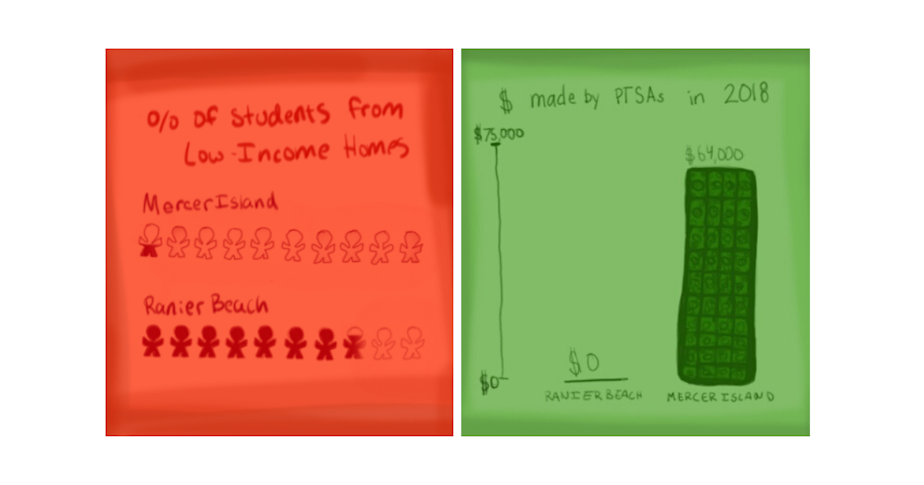For students of color, Covid-19 reveals deep inequities in Seattle area schools

High school looks different this year for most students: classes on Zoom, drive-through graduations, social distance birthday parties, skipped proms.
But some students have more pressing worries as classes move online. How do you make the switch to online learning when you don’t have wifi at home?
RadioActive’s Mimi Zekaryas and Essey Paulos look at the education gap between schools in wealthy areas and those where most students come from low-income households. They talk to students Paul Noone, from Mercer Island High School and Kidist Habte, from Rainier Beach High School, about their very different experiences with online education during the Covid-19 school closures.
Julia Warth, the director of Policy and Research at the League of Education Voters, talks about potential long-term impacts of the education gap between students who attend schools with lots of resources and those whose schools are underfunded, as well as between white students and students of color.
She asks if the pandemic might provide an opportunity to fix this broken system.
Sponsored




